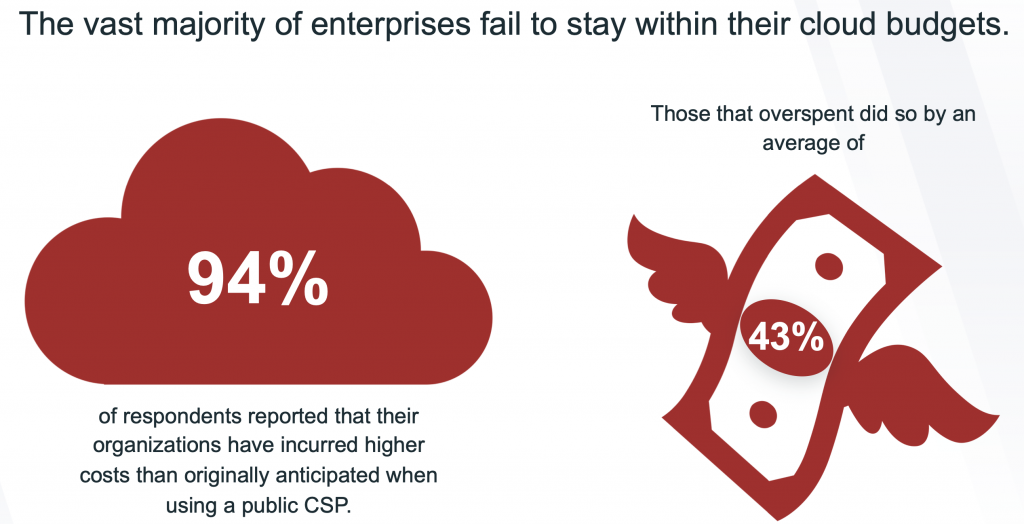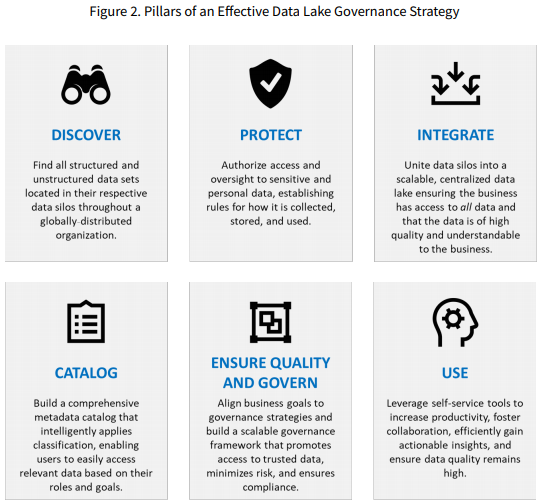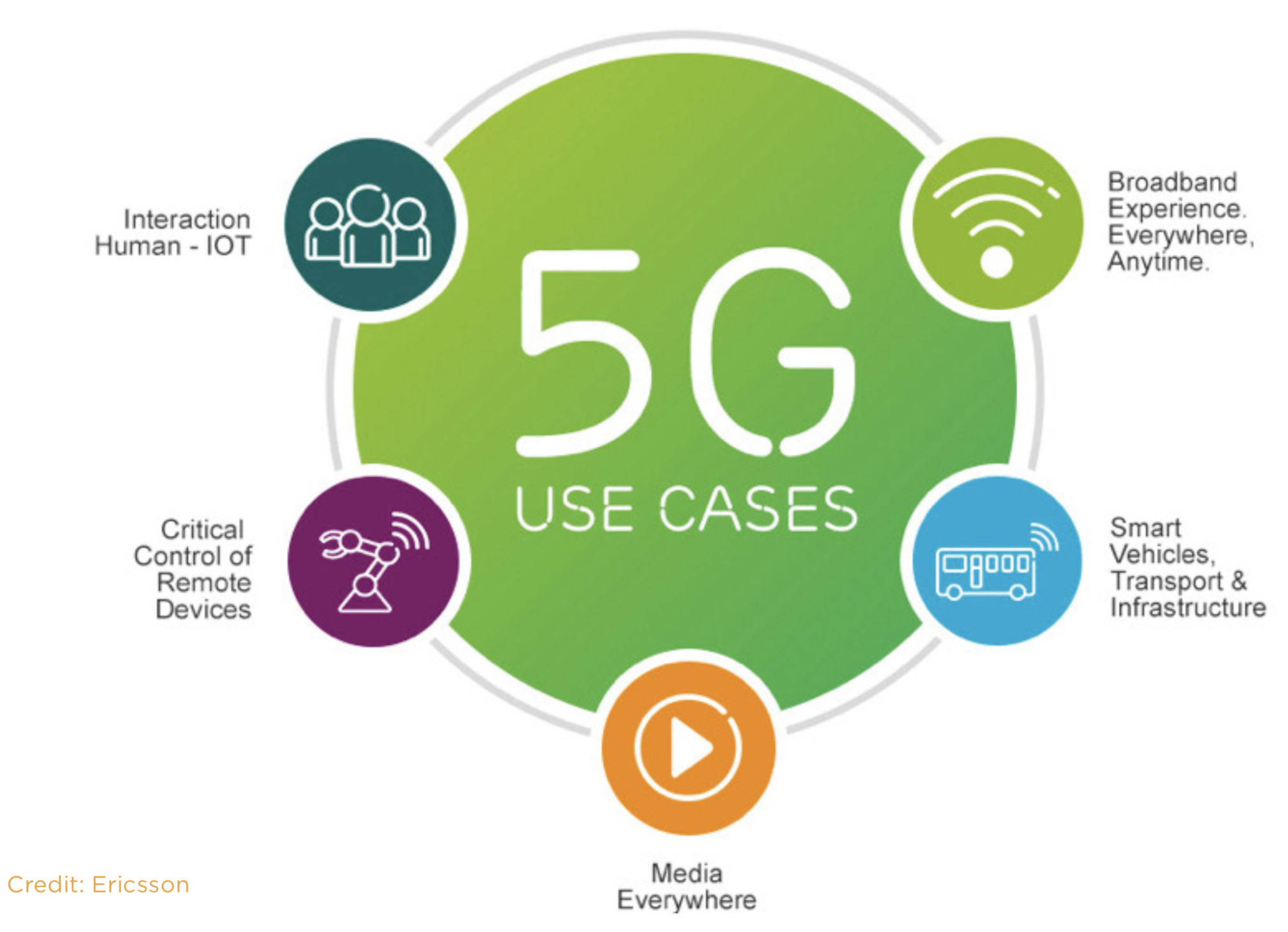How IOT can improve the Project Management Process
The world of project management is rapidly evolving, and with the emergence of Internet of Things (IoT) technology, managing projects has become even more efficient. IoT has opened up a whole new world of possibilities for project managers who are looking to improve their processes and enhance productivity. IoT has the potential to significantly enhance the project management process by providing real-time data, improving communication and collaboration, optimizing resource allocation, and enabling proactive decision-making. Here are several ways in which IoT can improve project management:
IoT can be a game-changer in project management by allowing real-time data collection and monitoring of various aspects of a project. For example, IoT devices, such as sensors and connected equipment, can gather real-time data on various project parameters, including progress, performance, environmental conditions, and resource utilization. This data can be automatically transmitted to project management systems, providing up-to-date insights that enable better monitoring, tracking, and decision-making.
IoT devices also allow project managers to remotely monitor project sites, equipment, and assets in real-time. Through connected cameras, sensors, and wearables, project managers can assess on-site conditions, detect potential issues or delays, and ensure compliance with safety protocols. This capability improves efficiency and reduces the need for physical presence at project locations. Thus, managers can easily access data on from any remote location to monitor performance metrics in real time.
In addition, IoT sensors embedded in equipment, machinery, and vehicles can collect data on their usage, performance, and maintenance needs. By analyzing this data, project managers can optimize resource allocation, schedule preventive maintenance, and reduce downtime. This ensures that resources are utilized efficiently, delays are minimized, and costs are optimized.
Another benefit of using IoT in project management is its ability to automate routine tasks through machine learning algorithms. These algorithms analyze large amounts of data generated from sensors and make predictions based on patterns identified over time.
Furthermore, IoT enables better communication among team members by providing a centralized platform for sharing information and updates. This leads to increased collaboration, as everyone has access to the same data and insights. IoT helps reduce costs associated with traditional project management methods by eliminating unnecessary paperwork and travel expenses. With everything managed digitally through connected devices, there are fewer physical resources required overall. Incorporating IoT into your project management process offers many valuable benefits that ultimately lead to smoother operations and successful outcomes.
Another benefit of IoT in project management is improved efficiency. By automating certain tasks with smart devices like sensors or drones, teams can save time and focus on more important aspects of the project. Additionally, data collected from these devices can be used to identify areas where improvements could be made further down the line
Conclusion
The Internet of Things (IoT) is a game-changer in project management. It is widely expected that the adoption of IoT will continue to grow across industries as more companies recognize its potential and benefits. The IoT market has been expanding rapidly in recent years, with a wide range of organizations implementing IoT solutions to improve their operations, enhance customer experiences, and drive innovation.
By leveraging the power of IoT, project managers can gain real-time insights, improve decision-making, optimize resource allocation, enhance collaboration, and mitigate risks. However, successful implementation requires careful planning, integration with project management systems, data security considerations, and a clear understanding of the specific project requirements and objectives.
The future of project management lies with IoT integration as it enables seamless collaboration among team members regardless of location or time zone. With proper utilization of this technology, businesses will achieve optimal performance levels leading to successful completion of projects within set timelines and budgets.



